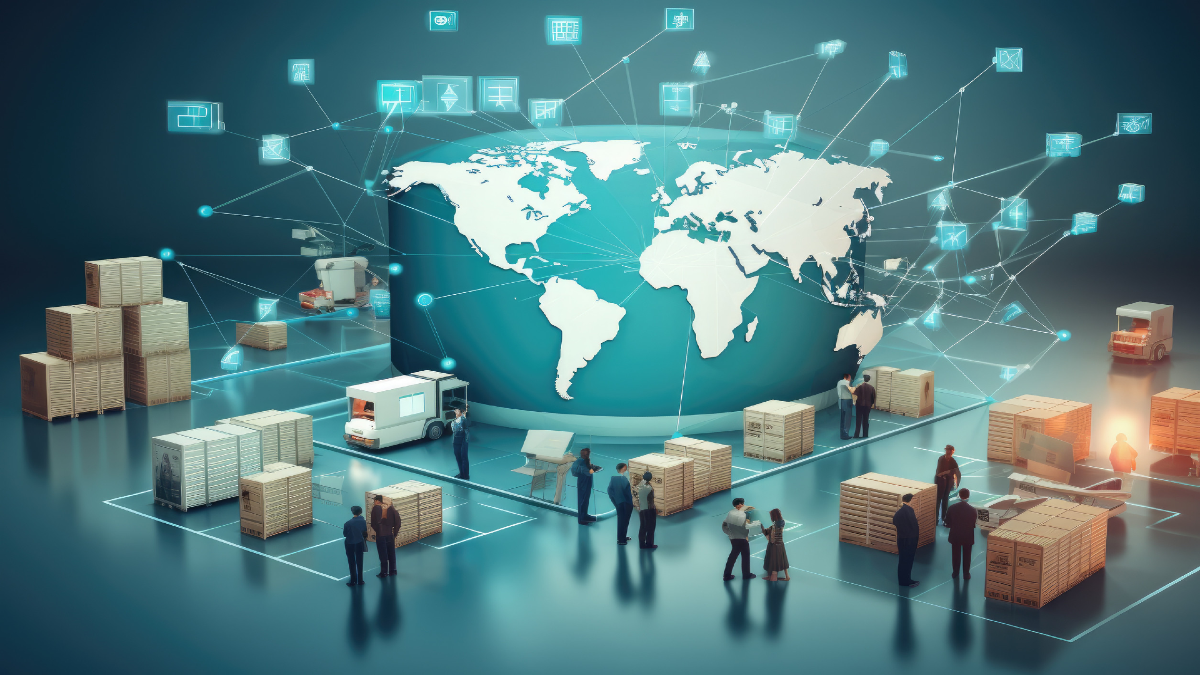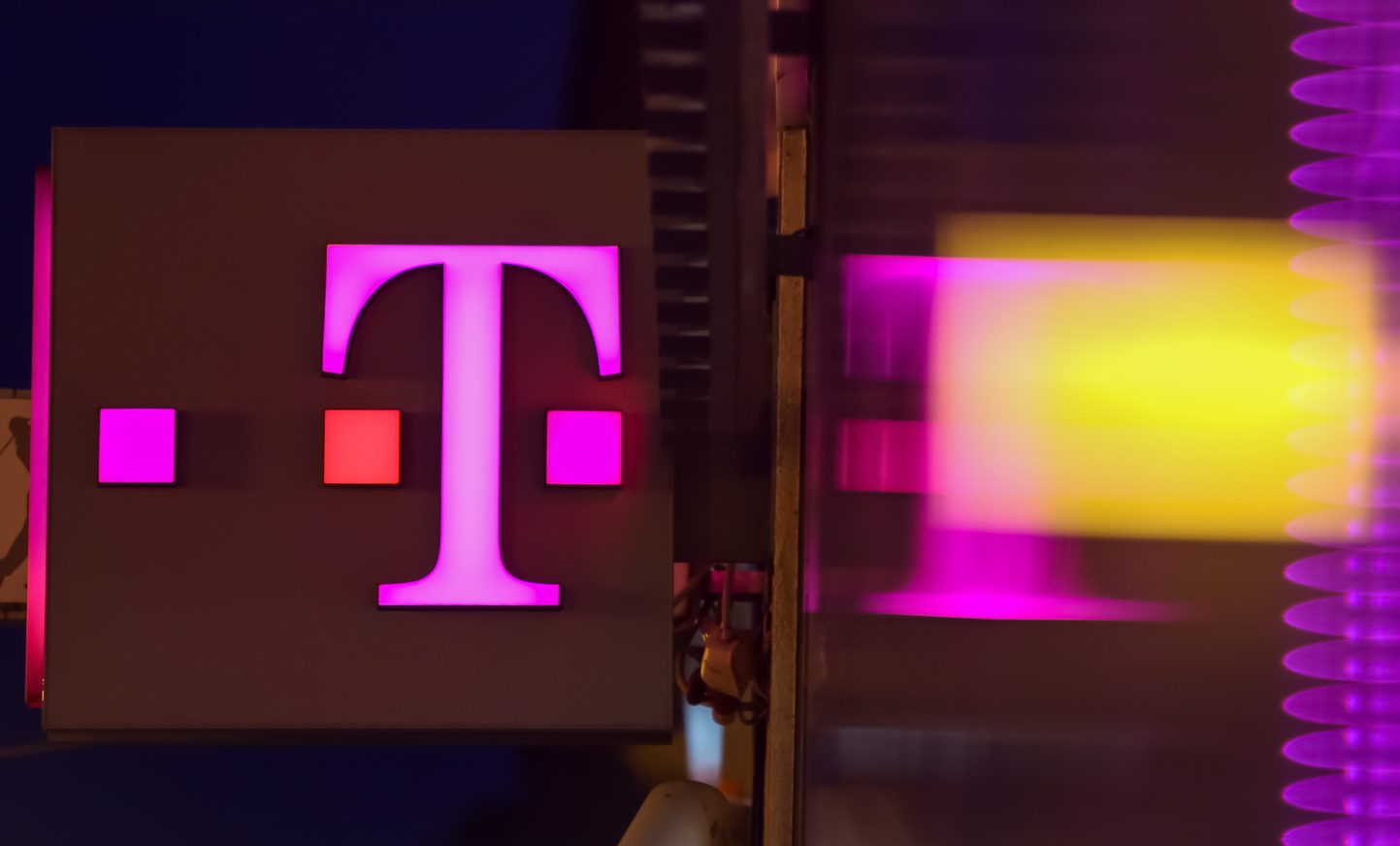RCRTech engages industry communities through research-driven content, conversations, and connections. Building on 40+ years of RCR Wireless News excellence, RCRTech delivers trusted insights informing and connecting technology buyers with innovators shaping connectivity and compute.
RCRTech engages industry communities through research-driven content, conversations, and connections. Building on 40+ years of RCR Wireless News excellence, RCRTech delivers trusted insights informing and connecting technology buyers with innovators shaping connectivity and compute.



![]()
In sum – what to know: OpenAI explores Canada expansion – The company is in talks with government and industry partners about securing local data center capacity to strengthen the country’s AI ecosystem. Part of global AI buildout – Similar to projects in Norway, Germany, and the U.K., OpenAI aims to align infrastructure growth with its “OpenAI for Countries” program. …
The staggering size and circular nature of recent deals raises both hopes and concerns, so keeping track will inform industry and investment decisions about where to go from here. In sum – what to know: Highly concentrated market – The last 30 days has seen a small number of major tech firms making enormous AI infrastructure deals, unprecedented in size …
Evroc’s founder and CEO, Mattias Åström, told RCR Wireless News that the data center initiative aligns with the firm’s mission to drive European digital sovereignty In sum – what to know: Nuclear-powered pilot – Blykalla, evroc, and Studsvik will explore co-locating SMRs and AI infrastructure at Studsvik’s licensed nuclear site in Nyköping. Clean baseload energy – The plan leverages SMR technology to supply …
Michael Dell said his company’s server and networking business surged 58% last year and grew another 69% in the last quarter In sum – what to know: Explosive demand – “tremendous” need for compute power, says Dell, with AI-related server sales set to double in fiscal 2026. Overbuild scenario – “at some point there’ll be too many” data centers, he says also …
AI compute isn’t one thing. It’s two. Under the umbrella of “AI workloads,” training and inference represent distinct computational worlds with different goals, hardware profiles, and economics. They often get lumped together, but the split matters — especially as it relates to the compute capacities of the data centers that are used for these two different tasks. Understanding the divide …
For decades, compute has scaled faster than memory. Processors can execute more operations every year, but the speed at which data moves in and out of memory has lagged behind. That mismatch, known as the “memory wall,” is now one of the defining constraints in artificial intelligence. AI makes the problem even worse. These days, training and serving large models …
The semiconductor industry is changing quickly, especially as it relates to AI. As AI workloads grow ever more demanding, old monolithic chips are giving way to new chiplet-based designs. But what exactly are chiplets and how will they radically improve performance for AI? Here’s a look. What are chiplets? Chiplets are small, functional blocks of silicon, each optimized for a …
Artificial intelligence has reshaped the semiconductor industry, driving an endless chase for better performance and efficiency. But as transistor scaling slows and Moore’s Law fades, the gains from smaller nodes are running into a wall. Now, packaging is where the real action is. In this new phase, performance breakthroughs aren’t being won by shrinking transistors — but instead by innovating …
Enterprise




